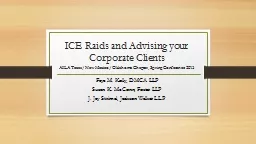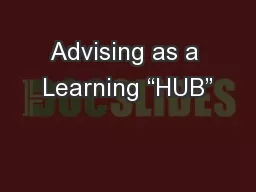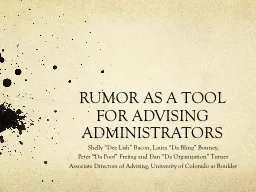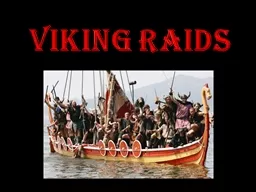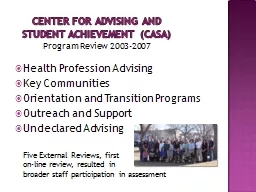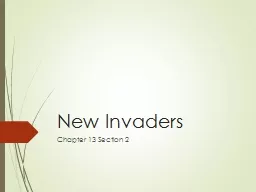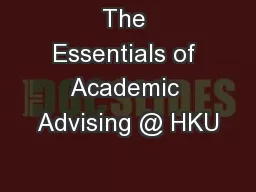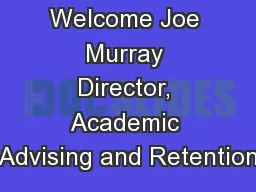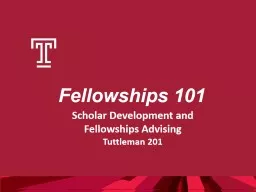PPT-ICE Raids and Advising your Corporate
Author : min-jolicoeur | Published Date : 2016-05-17
Clients AILA TexasNew MexicoOklahoma Chapter Spring Conference 2015 Faye M Kolly DMCA LLP Susan K McConn Foster LLP J Jay Strimel Jackson Walker LLP Overview of
Presentation Embed Code
Download Presentation
Download Presentation The PPT/PDF document "ICE Raids and Advising your Corporate" is the property of its rightful owner. Permission is granted to download and print the materials on this website for personal, non-commercial use only, and to display it on your personal computer provided you do not modify the materials and that you retain all copyright notices contained in the materials. By downloading content from our website, you accept the terms of this agreement.
ICE Raids and Advising your Corporate: Transcript
Download Rules Of Document
"ICE Raids and Advising your Corporate"The content belongs to its owner. You may download and print it for personal use, without modification, and keep all copyright notices. By downloading, you agree to these terms.
Related Documents

